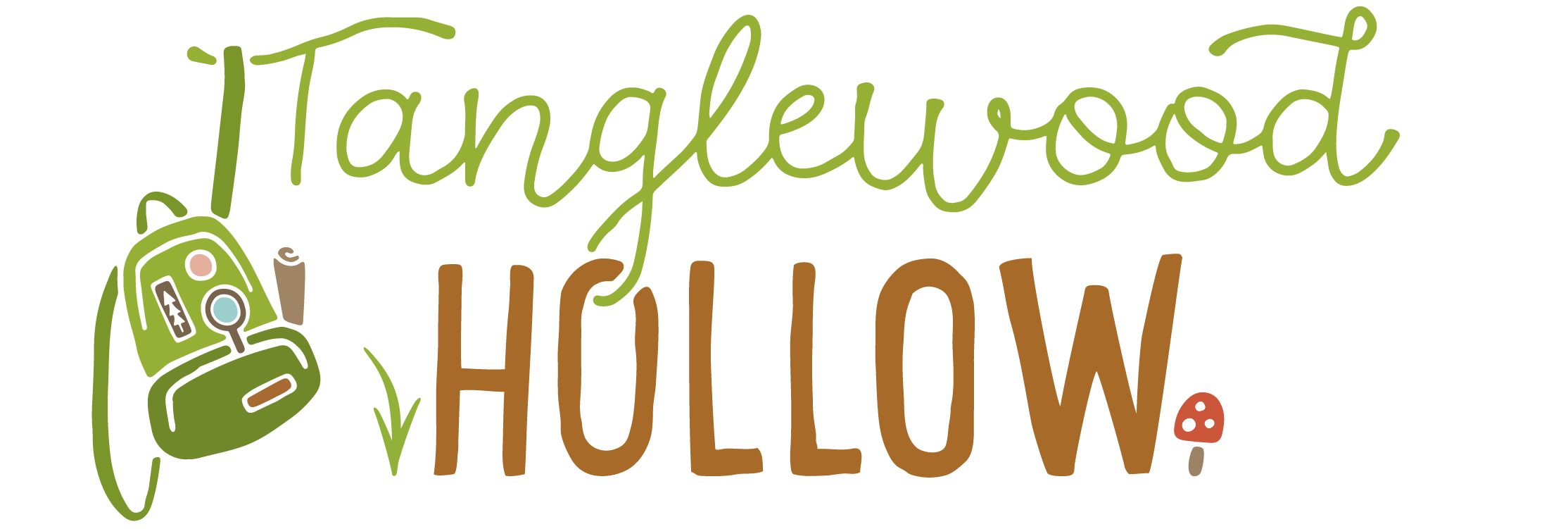Exploring the natural world is always a fun and exciting adventure, especially when it comes to sound mapping in your own yard. This simple activity allows you to tune into the sounds around you, discover the different animals living nearby, and deepen your connection to the environment.

What is sound mapping, you might ask? It's a way to visually represent the sounds you hear in your surroundings by drawing a map of the area and marking the different sounds you hear. You can use this technique to explore the sounds in your own backyard, and even learn about the different creatures that make those sounds!
-
Preparing for the Sound Mapping Adventure: Gather your tools for this exciting expedition. You'll need a notebook or a piece of paper, a pencil or pen, and a comfortable spot to sit in your yard. Find a quiet moment to begin your sound mapping adventure.
-
Opening Your Ears: Close your eyes and take a deep breath. Listen carefully. What sounds do you hear? Birds singing, leaves rustling, or maybe even distant traffic? Try to identify different sounds around you. How many can you hear? Make a list in your notebook.
-
Creating Your Sound Map: Find a spot in your yard and imagine it as a map. Draw the boundaries of your yard on your paper, and then start adding icons or symbols to represent the different sounds you hear. For example, use a musical note for bird songs, a leaf for rustling leaves, or a car for traffic sounds.
-
Exploring Sound Patterns: Stay in your spot for a while and pay attention to the patterns of sounds. Are there certain times of the day when you hear specific sounds more frequently? Notice if the sounds change depending on the weather or the season. Capture these patterns in your sound map.
-
Expanding Your Sound Map: Take a walk around your yard and venture to different areas. Explore near trees, bushes, or water sources. How does the soundscape change in each location? Add these new discoveries to your sound map, using different symbols or colors to represent each area.
-
Reflecting on Your Sound Mapping Adventure: Sit back and review your sound map. What patterns do you notice? Are there any surprises or interesting findings? Reflect on how your yard's soundscape changes throughout the day and explore what factors may contribute to these variations.
Sound mapping is a great way to learn about the biodiversity in your own backyard. You might be surprised at all the different sounds you hear once you start paying attention! This activity also helps to improve your listening skills and attention to detail, both of which are important skills to have as a young explorer.
So, grab a pencil and paper and head outside to start sound mapping in your own backyard! Happy exploring!



It would be nice to see an example-just to get an idea and be inspired to do my own. (not looking to copy-just see your version/variation)